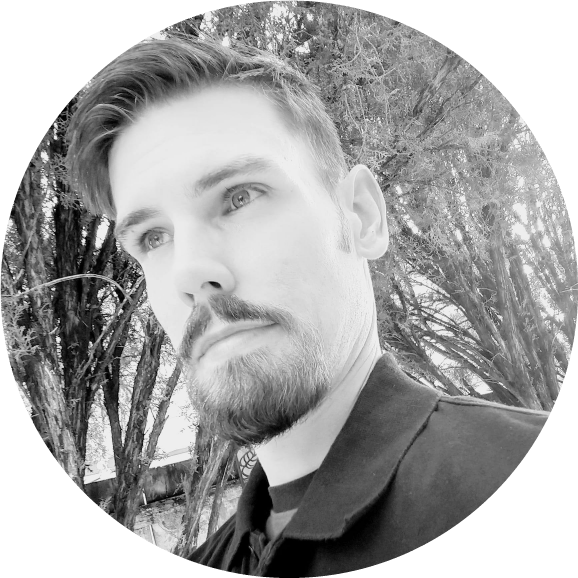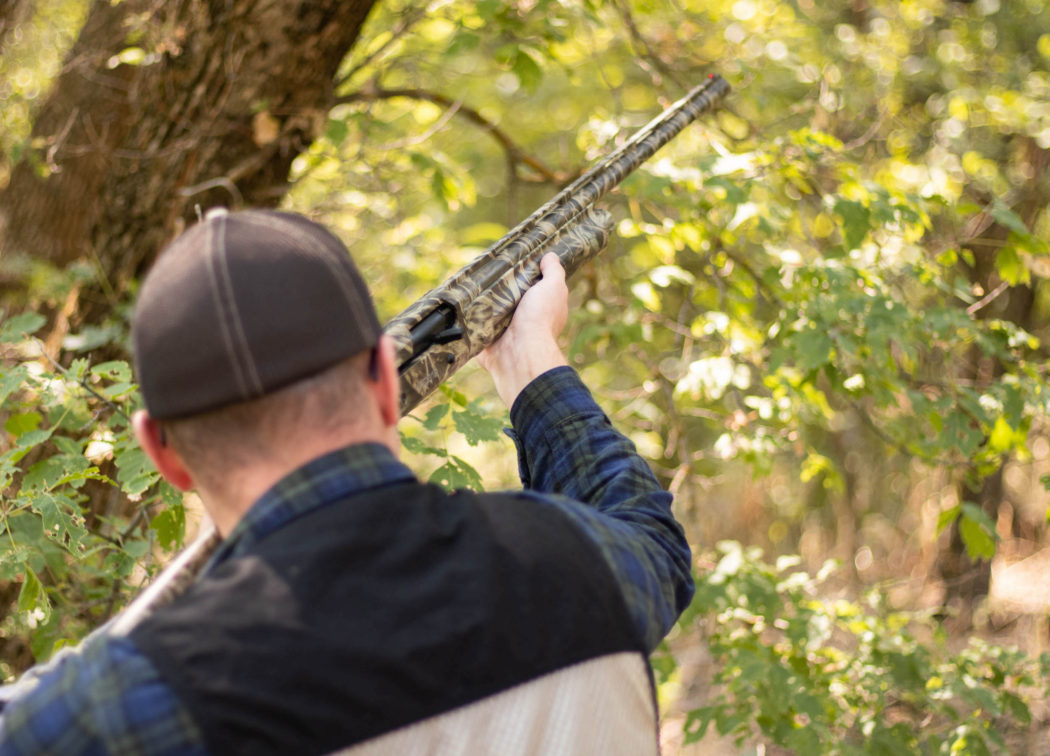Opinion: Hunters are conservationists
Man has hunted since he walked the Earth. Through hunting, man forged a deep spiritual and personal connection with the land and quickly learned that maintaining his own way of life meant proper stewardship of the land and its wildlife.
Theodore Roosevelt and Aldo Leopold were men that understood this connection and in the early 20th century shaped a set of ideals that came to be known as the North American Model of Wildlife Conservation. They articulated the philosophy that wildlife belongs to all of us and ethical, regulated hunting is the driving force that maintains abundant wildlife.
Eventually, hunting became regulated and guided by scientific research. In 1878, Iowa instituted the first bag limit on birds. Lawmakers passed the Lacey Act in 1900, prohibiting market hunting. Ding Darling created artwork for the first Duck Stamp in 1934. The Pittman-Robertson act was passed in 1937, through which hunters voluntarily imposed a tax on themselves, ensuring a portion of the sale of firearms and ammunition would be used to manage public wildlife.
Hunting is conservation, it’s that simple. Despite the left painting hunters as killers, the reality is no one does more for wildlife than hunters. Every single day U.S. sportsmen contribute more than $8 million to conservation. Hunters themselves pay more than $769 million each year for conservation programs and more than $156 billion since 1937, making it the largest funding mechanism of wildlife with the economic benefits going far beyond conservation.
Because of this, the U.S. has the most successful wildlife management system in the world. Hunters and fishers have contributed more financial and physical support to this system than any other group of individuals and have saved countless wildlife species and their habitats.
Just in the last three decades, hunting conservation in North America has saved many animals from extinction, such as the Louisiana Black Bear, Gray Wolf, Columbian White Tailed Deer, Rocky Mountain Elk, American Crocodile and over 18 species of waterfowl such as the Aleutian Canada Goose. Hunters not only contribute their money but also directly support wildlife through their hunting practices by preventing overhunting, overpopulation and starvation, and decreasing animal disease.
Today, a loss of hunters threatens how the U.S. pays for conservation. U.S. hunters are becoming an endangered species themselves. Older hunters who have paid into the conservation system are retiring from the sport, and with hunting becoming more unpopular on the left, the system is now struggling to keep up with needed conservation — risking man’s connection with the land and wildlife.
Social media has also changed the way hunting is perceived — and not in a good way. Hunting and gun rights have become politicized. Instead of holding hunters up as the responsible gun owners and conservation heroes they are, we have demonized hunters and in doing so may have irreparably harmed conservation.
As hunters’ numbers dwindle, we must not allow this conservation system to be torn apart further by the left’s identity politics. In channeling the words of Donald Trump, we must make hunting valued again, we must make hunting popular again, we must make hunting sacred again, and we must make hunting great again. Past conservation legacy positions us perfectly to take on the U.S.’s most pressing conservation challenges, but we must garnish the enthusiasm needed for the next generation’s step into the wild or risk losing this sacred heritage forever.

Keaton Hagloch is a public health major and has a passion for politics and writing. He loves the outdoors, playing the guitar and spending time with friends and family.
khagloch@aggiemail.usu.edu

